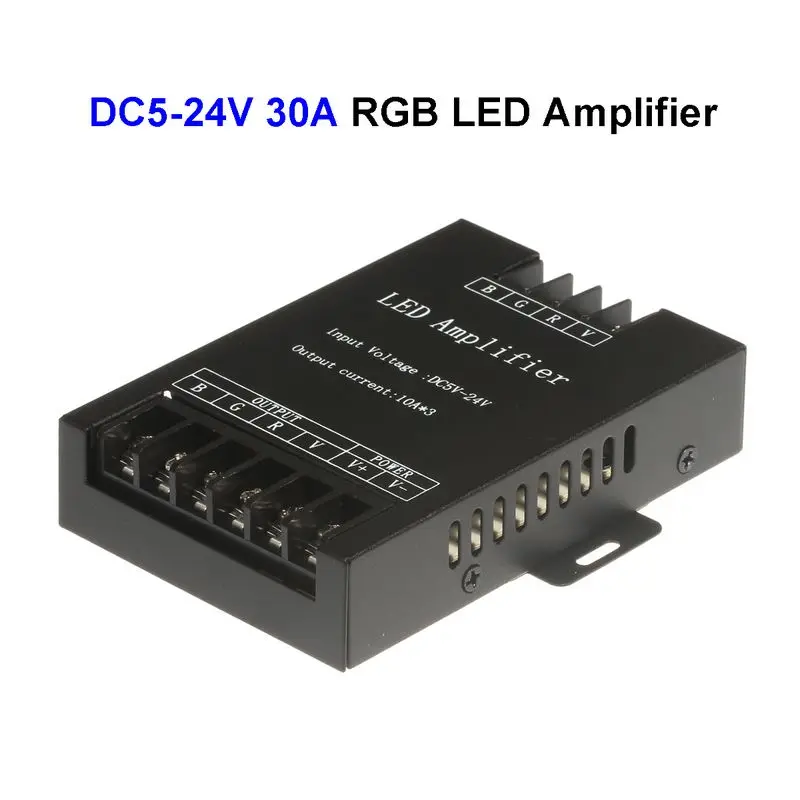

Once all of your component devices have been added to SignalRGB you can proceed to configure the layout of your devices. Just specify the number of LEDs and press the Create button. In case your device is not listed, you can create a custom LED strip with the same number of LEDs that are present on the component device. Navigate through the list until you find the device you'd like to add. Select the plus symbol under the channel to open a menu with a list of components that can be added. Step 6: After identifying all the devices that are connected to each channel, you can add each component. You can identify what device is connected to each channel by the color of their default pulsing effect. Step 5: Depending on the type of controller/motherboard that you have, there will be one or more channels available. These components need to be configured manually, but before we do that, it is important to refer to the list of compatible devices to ensure that the particular lighting controller or motherboard that you have is supported by SignalRGB. You can access it by selecting the device that has a yellow symbol on the corner. For additional configuration of these devices, there is a dedicated Components section. Step 4: Controllers and motherboard headers are used to control a wide variety of RGB devices like fans, LED strips, and AiO pumps.

Image used with permission by copyright holder These can be spotted by the yellow symbol that will appear in the corner of their image. However, there will be certain devices like RGB and fan controllers that require additional configuration. Most devices, like keyboards and mice, should be detected and work automatically. Here you should see all your RGB devices that are supported by SignalRGB. Select the Devices tab located under the My Rig category. Step 3: After creating your account, the next step is to configure all your devices.
#Signal rgb how to#
How to use Plex Media Server to watch all of your media
#Signal rgb for free#
How to use GPT4ALL - your own local chatbot - for free If customization and compatibility are your priorities, you'll be hard-pressed to find something better than SignalRGB.How to control all your PC fans using Fan Control Let's look at the five best RGB lighting tools to consider for your build.

This is where some tools manage to win the battle of RGB software.

And more often than not, syncing RGB between the components of different brands is not an option. Choosing the most ideal tool for your build depends, of course, on the components in your build (ASUS Aura Sync will work great for ASUS components).īut the majority of PC builds have a mix of components from various manufacturers. ASUS has Aura Sync, MSI has Mystic Light, Gigabyte has RGB Fusion, and so on.
#Signal rgb software#
The Best RGB Lighting SoftwareĪlmost every manufacturer bundles its own RGB sync software with its components. Good to know: are you building a gaming PC? Learn the mistakes to avoid. In a nutshell, syncing your gaming PC's RGB using a great RGB tool should be one of the very first things you do on a new build. Some tools even let you use community-created RGB effects that go way beyond the stock options provided by manufacturers.


 0 kommentar(er)
0 kommentar(er)
